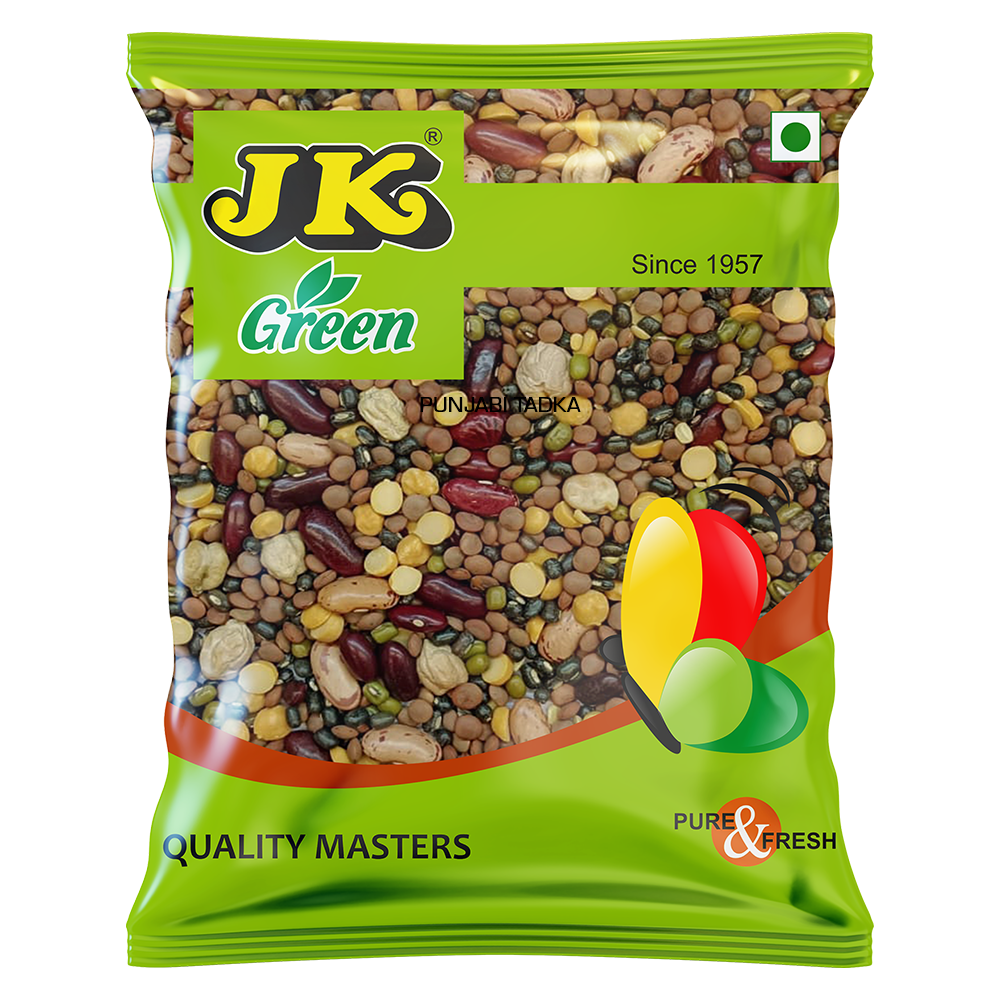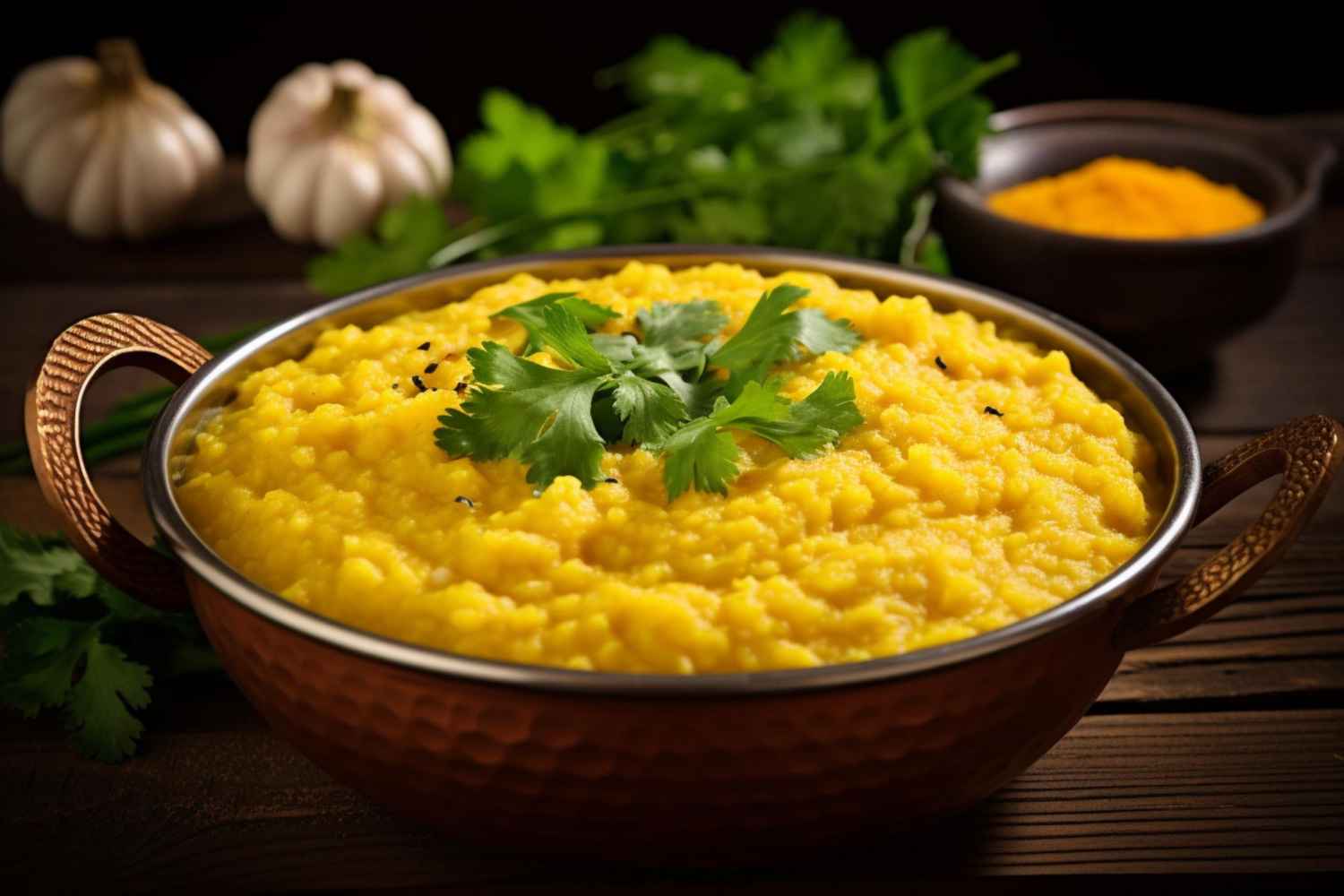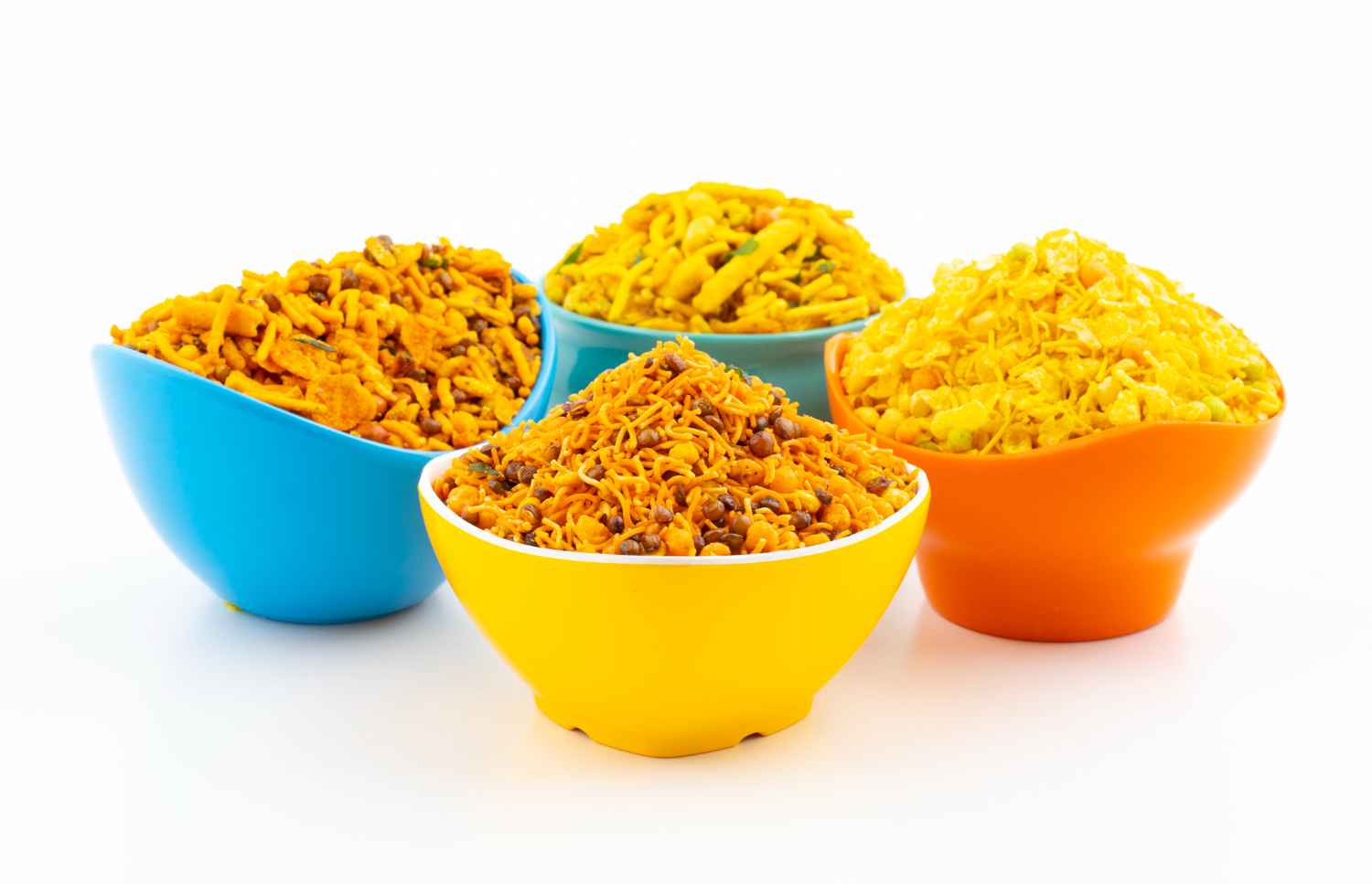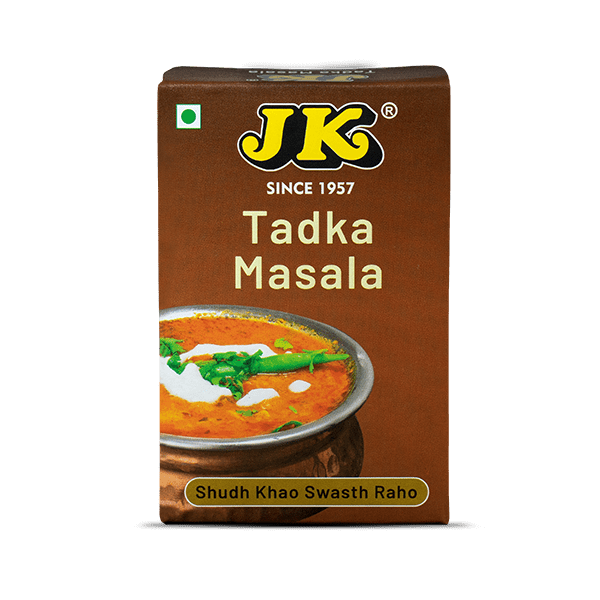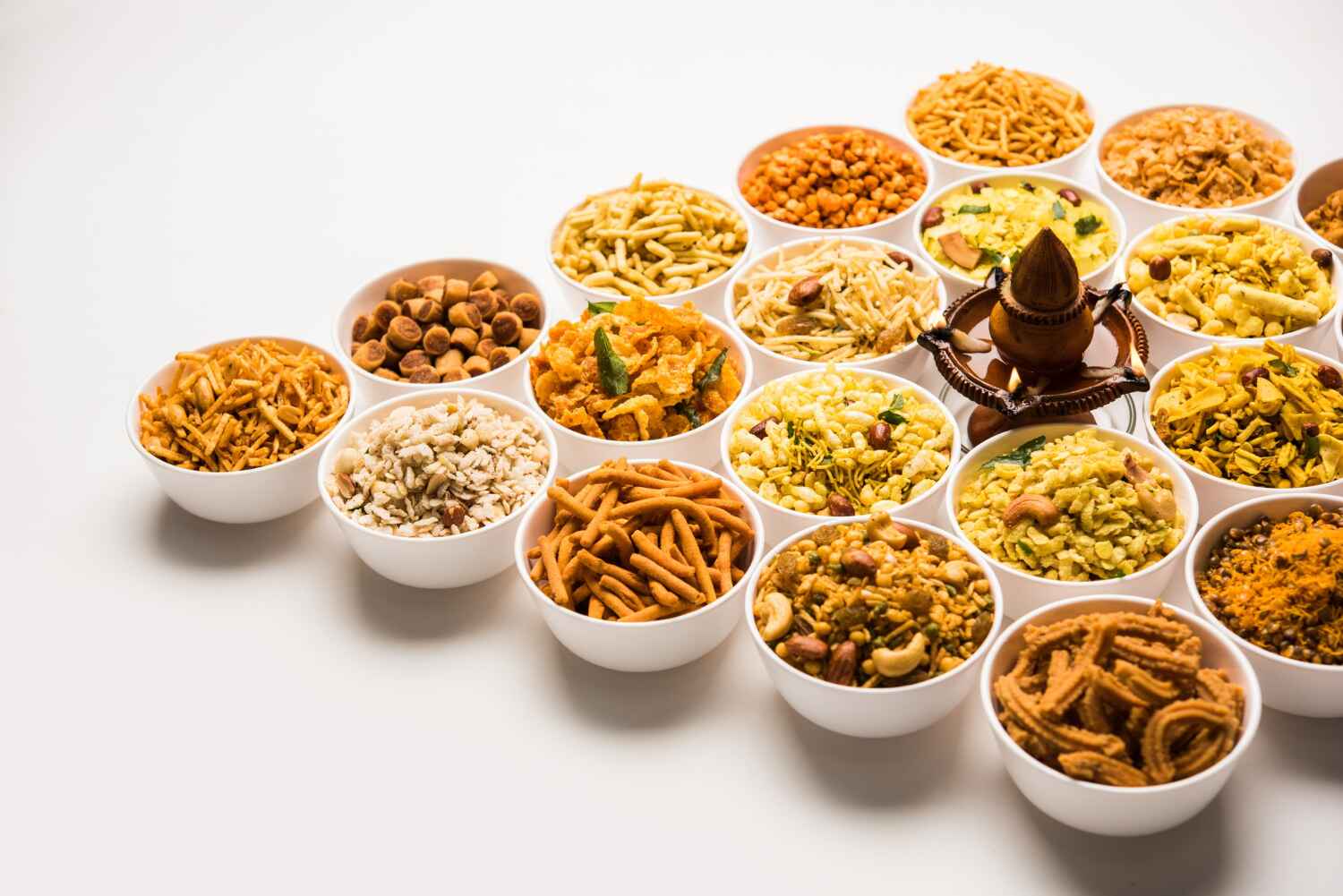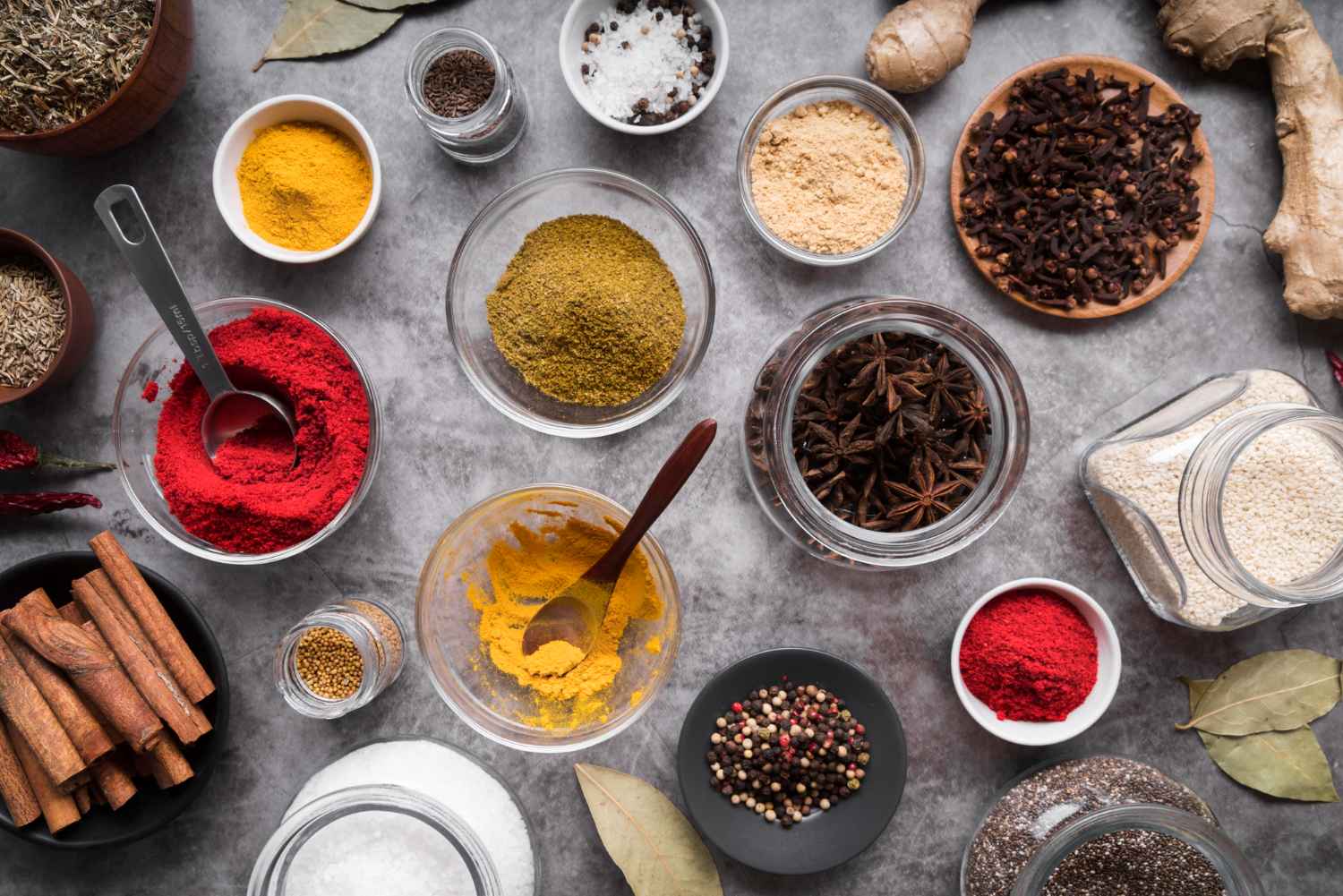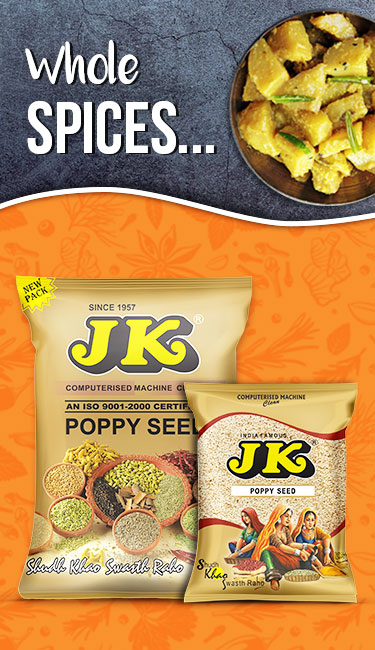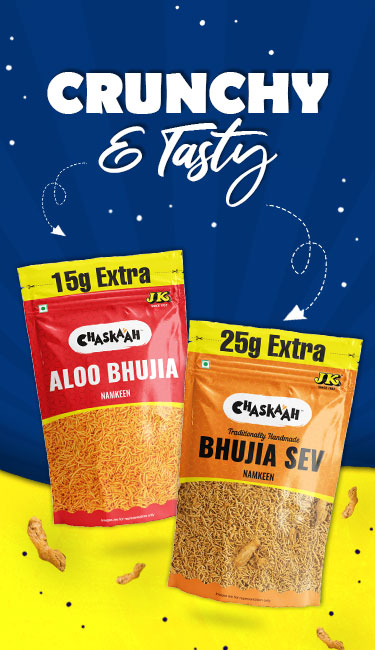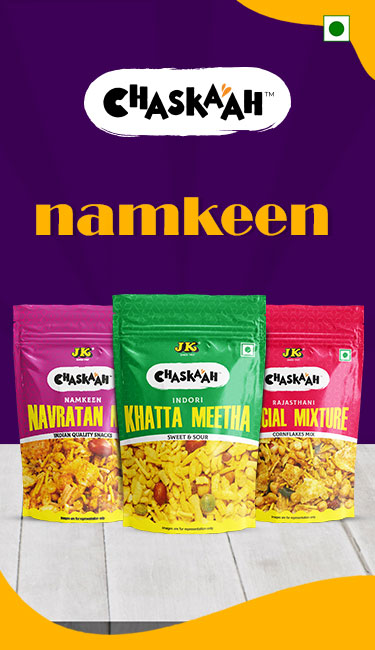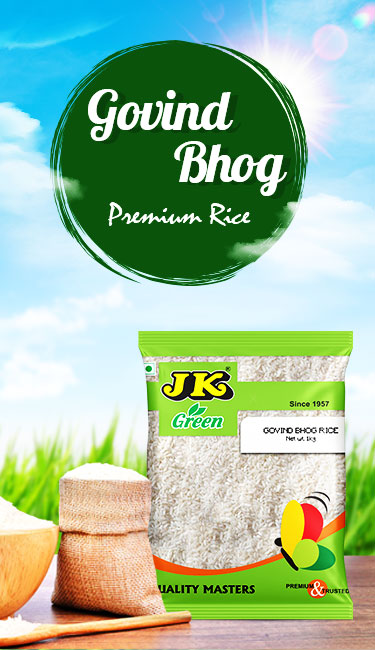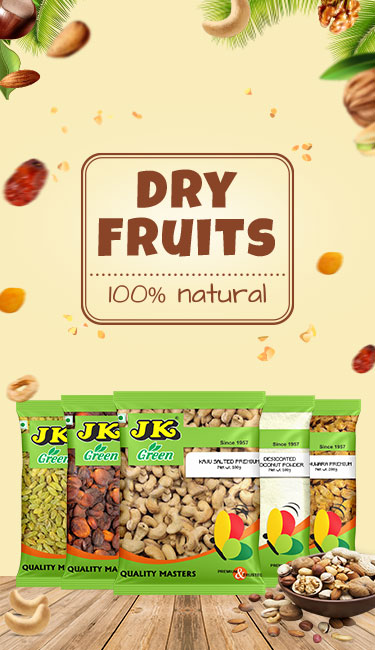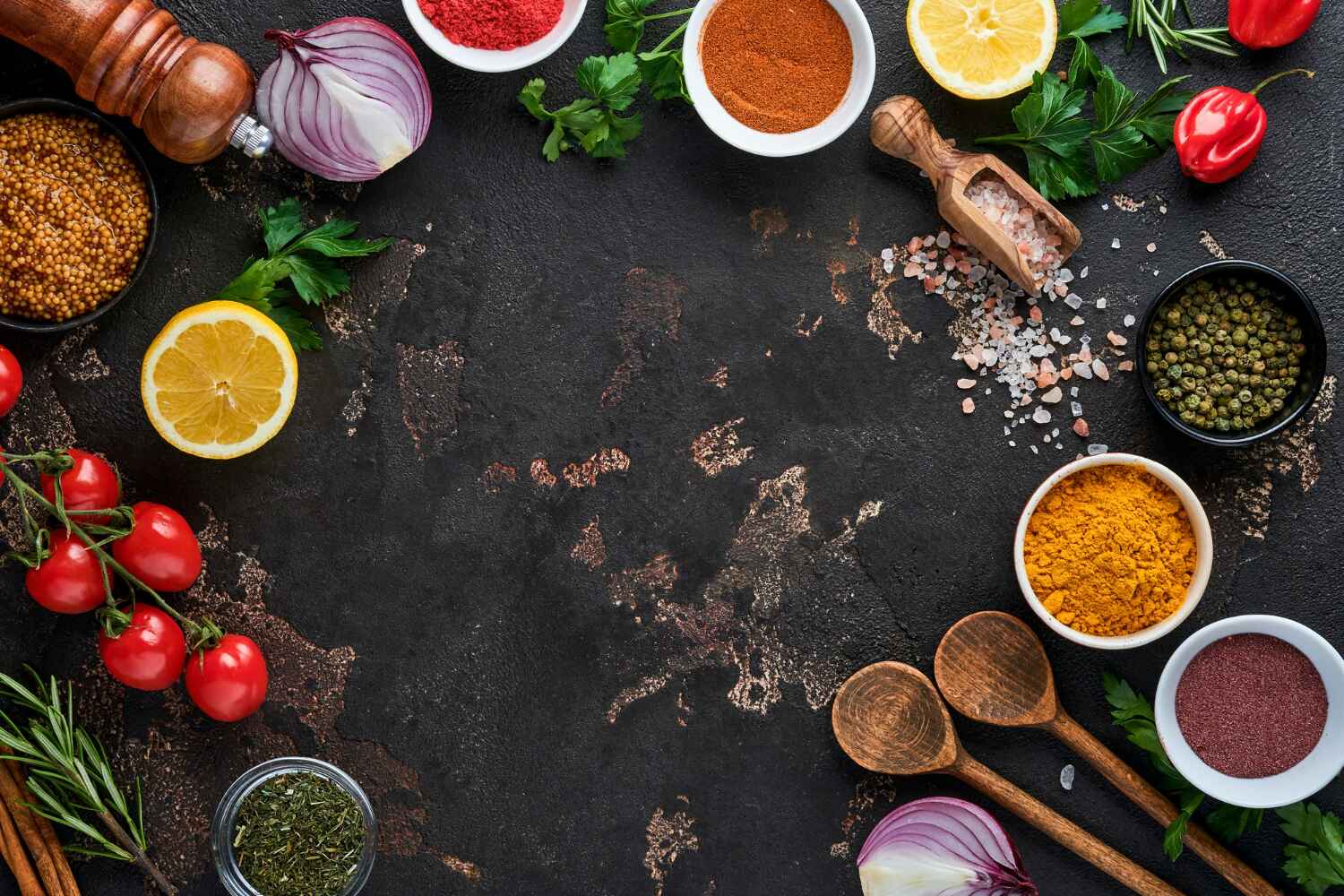
Creating a functional yet efficient kitchen setup is always a dream for the home cooks or the ones who have a profound passion for cooking. Whether you're just starting your culinary journey or have years of experience in your hand, a proper cooking essential ingredient is absolutely a must-have to bring creative cooking ideas alive.
Having the essential cooking ingredients in your kitchen not only streamlines the cooking process but also gears up the overall culinary experience. Here with JK Cart's tips and tricks, let's explore the 5 essential cooking ingredients that can be of help in a kitchen setup.
Must-Have Cooking Essential Ingredient for Kitchen
In this blog, we’ll explore the importance of these essentials and how to make the best use of them in every kitchen.
1. Pulses and Dal: Protein Powerhouses
Pulses and dal (lentils) are indispensable in every kitchen, especially in Indian cuisine. These protein-packed ingredients are perfect for vegetarians and meat-eaters alike, offering a versatile base for a wide range of dishes.
Why You Need Them: Pulses and dal are rich in protein, dietary fiber, and essential nutrients like iron, folate, and magnesium. They are low in fat and cholesterol, making them a healthy addition to your meals.
How to Use Them: From the famous Dal Tadka to hearty soups and stews, pulses and lentils can be prepared in countless ways. Use split Moong Dal or Masoor Dal to make light and nutritious dals, perfect for everyday meals. For more complex flavors, try Chana Dal in traditional recipes like chana dal fry or mixed with vegetables.
You can also use whole pulses like Rajma (kidney beans) or chickpeas for salads, curries, and even snacks. Pulses can be soaked overnight and cooked with simple spices for a healthy side dish or used to make flavorful dals by adding onions, tomatoes, and spices.
2. Fiber: The Secret to Digestive Health
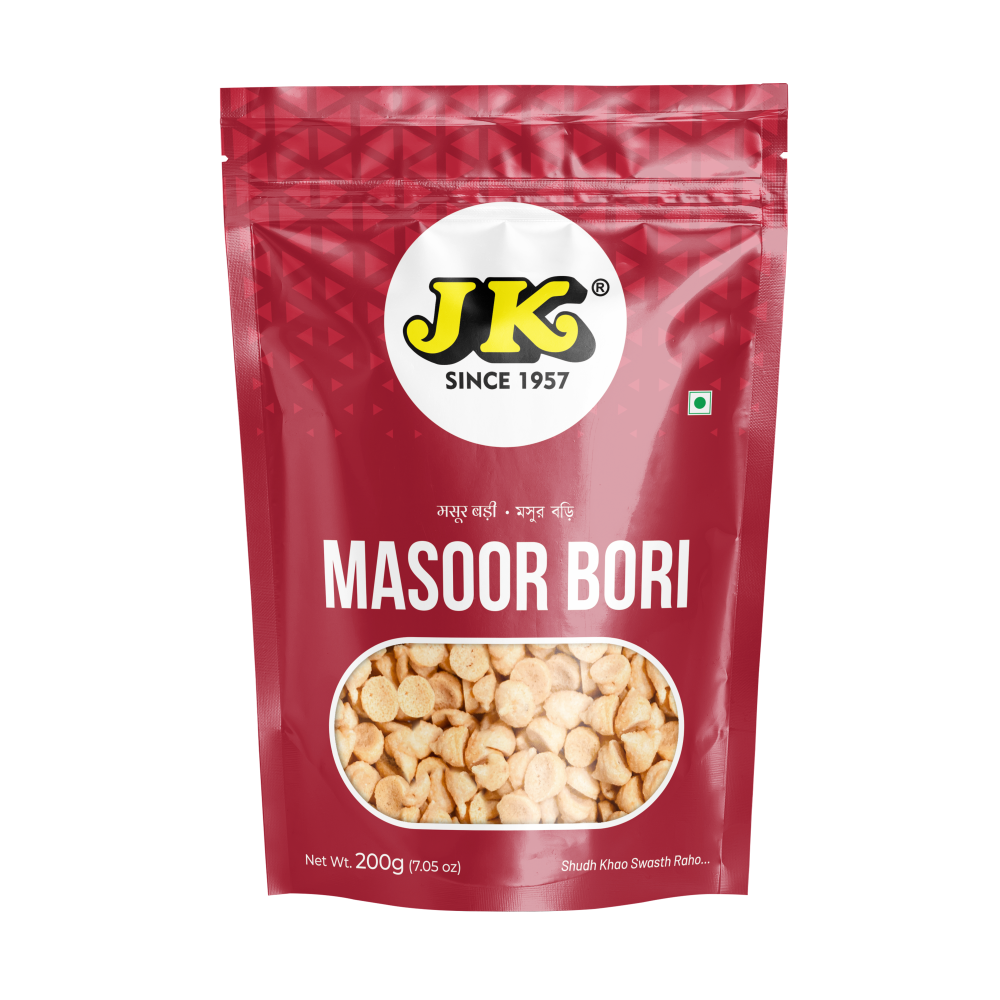
Fiber-rich foods are crucial for maintaining a healthy digestive system, and their presence in your kitchen ensures that you can prepare meals that are not just tasty but also good for your gut.
Why You Need Them: A diet rich in fiber aids digestion, prevents constipation and helps regulate blood sugar levels. It also keeps you fuller for longer, which can be beneficial for weight management.
How to Use Them: Many everyday foods are naturally rich in fiber, such as vegetables, fruits, whole grains, and legumes. Incorporate high-fiber foods into your diet by making everyday meals with ingredients like Masoor Bori, Urad Bori, and Soya Bari.
3. Atta: The Foundation of Indian Cooking
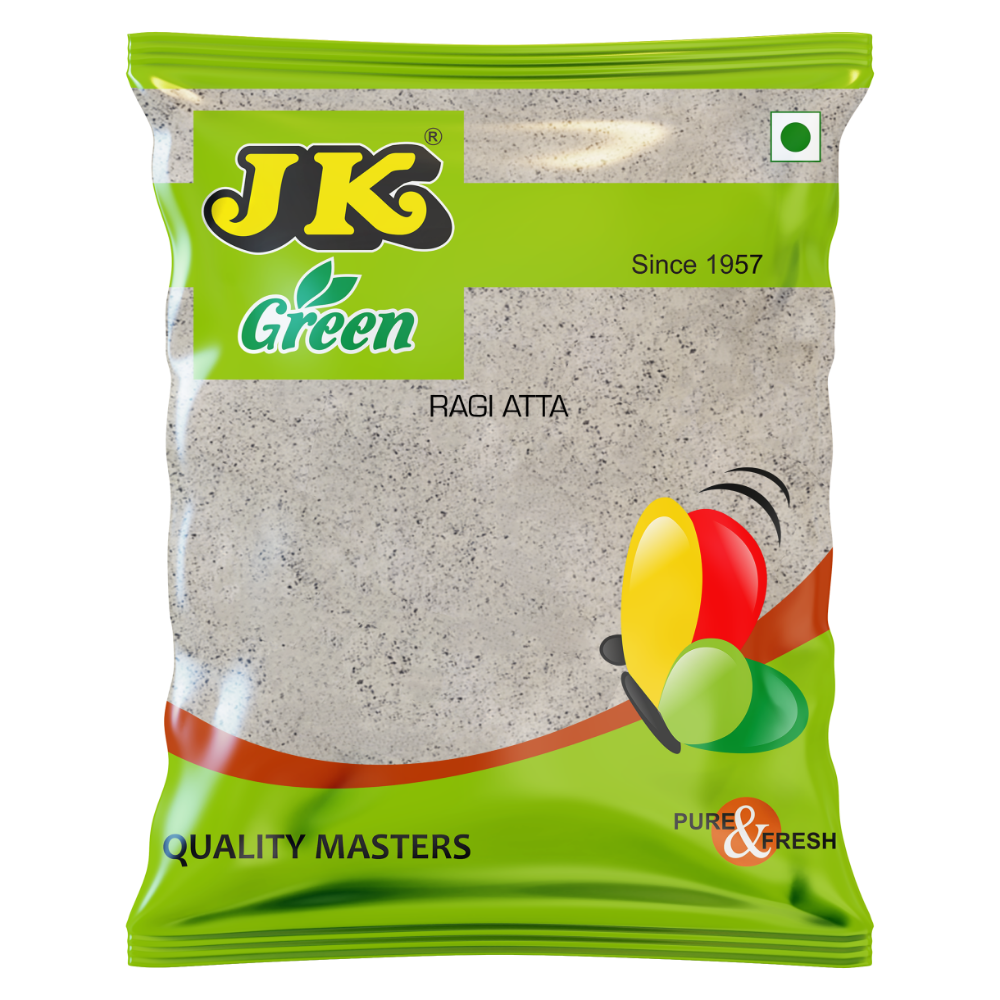
No Indian kitchen is complete without atta (wheat flour), a fundamental ingredient used to prepare a variety of staple dishes.
Why You Need It: Whole wheat flour, Jowar Atta, Sharbati Wheat Atta is packed with dietary fiber, essential vitamins, and minerals. It forms the base of several Indian flatbreads like roti, paratha, and puri.
How to Use It: Atta can be used to make soft rotis or chapatis, a daily staple in most Indian households. For a special treat, try using atta to prepare stuffed parathas filled with vegetables like potatoes, spinach, or paneer. Whole wheat flour can also be used in baking, whether it's for bread, cookies, or muffins, offering a healthier alternative to refined flour. Additionally, atta can be used to make wholesome breakfast dishes like Thepla or Poha Paratha, giving you a fiber-rich and filling start to the day.
4. Rice: A Versatile Grain for Every Meal
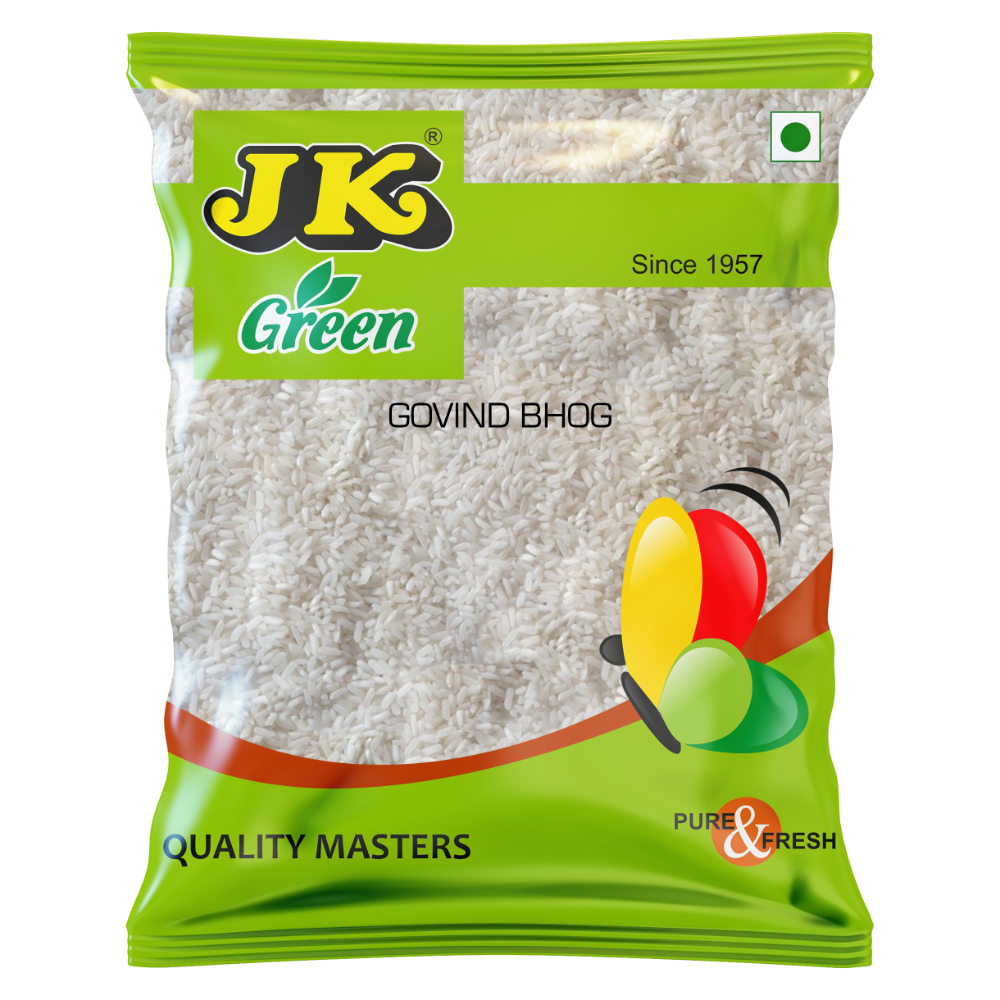
Rice is a kitchen essential found in nearly every corner of the world, valued for its versatility and ability to complement a wide range of dishes.
Why You Need It: JK Rice is a rich source of carbohydrates, providing energy for the body. It’s also gluten-free, making it an excellent option for people with gluten sensitivities.
How to Use It: From simple steamed rice to more elaborate dishes like biryani, pulao, and fried rice, this grain offers endless possibilities. White rice is often used in quick meals, while brown rice provides a fiber-rich alternative for those looking to eat healthier. Basmati rice is ideal for special occasions or whenever you want to elevate the meal.
You can also use Govind Bhog Rice in desserts like kheer (rice pudding) or Phirni, which are rich and creamy yet easy to make. Leftover rice can be transformed into stir-fries or mixed with vegetables and spices for a quick and healthy meal.
5. Salt, Sugar, and Gur: The Flavor Enhancers
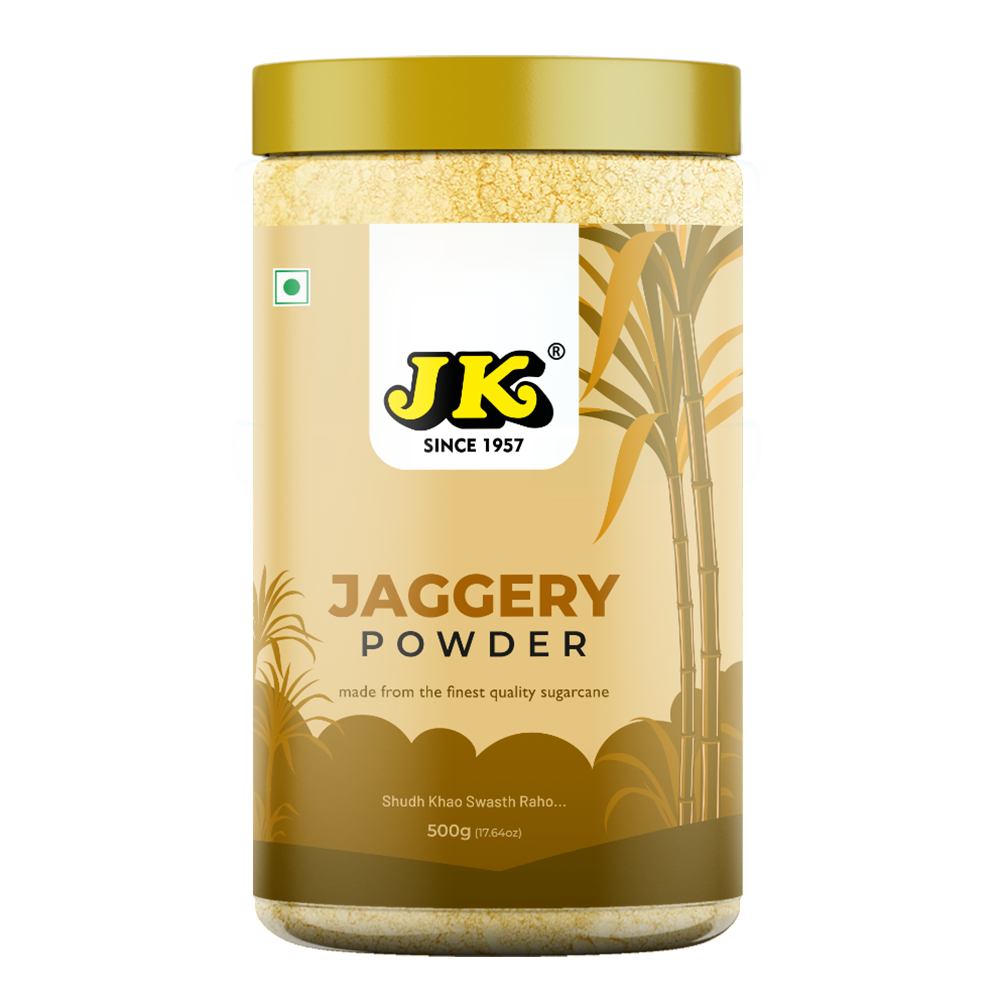
No kitchen is complete without salt, sugar, and jaggery (gur), the basic elements that add flavor and balance to your dishes.
Why You Need Them: Salt is essential for seasoning food and bringing out the natural flavors of ingredients, while sugar and jaggery add sweetness and depth. Jaggery is a healthier alternative to refined sugar and also provides essential minerals like iron and magnesium.
How to Use Them: Salt is used in almost every dish, from savory meals to even sweet treats like salted caramel. A pinch of salt in desserts can enhance the flavor profile by balancing sweetness. Sugar is an essential ingredient for baking, sweets, and beverages.
Use it in cakes, cookies, or even a simple lemonade. Jaggery is a traditional sweetener in Indian cooking and is often used in sweets like halwa, laddoos, and kheer. It can also be added to savory dishes like sambhar and chutneys to balance out spiciness.

Fiber-rich foods are crucial for maintaining a healthy digestive system, and their presence in your kitchen ensures that you can prepare meals that are not just tasty but also good for your gut.
Why You Need Them: A diet rich in fiber aids digestion, prevents constipation and helps regulate blood sugar levels. It also keeps you fuller for longer, which can be beneficial for weight management.
How to Use Them: Many everyday foods are naturally rich in fiber, such as vegetables, fruits, whole grains, and legumes. Incorporate high-fiber foods into your diet by making everyday meals with ingredients like Masoor Bori, Urad Bori, and Soya Bari. 3. Atta: The Foundation of Indian Cooking

No Indian kitchen is complete without atta (wheat flour), a fundamental ingredient used to prepare a variety of staple dishes.
Why You Need It: Whole wheat flour, Jowar Atta, Sharbati Wheat Atta is packed with dietary fiber, essential vitamins, and minerals. It forms the base of several Indian flatbreads like roti, paratha, and puri.
How to Use It: Atta can be used to make soft rotis or chapatis, a daily staple in most Indian households. For a special treat, try using atta to prepare stuffed parathas filled with vegetables like potatoes, spinach, or paneer. Whole wheat flour can also be used in baking, whether it's for bread, cookies, or muffins, offering a healthier alternative to refined flour. Additionally, atta can be used to make wholesome breakfast dishes like Thepla or Poha Paratha, giving you a fiber-rich and filling start to the day.
4. Rice: A Versatile Grain for Every Meal

Rice is a kitchen essential found in nearly every corner of the world, valued for its versatility and ability to complement a wide range of dishes.
Why You Need It: JK Rice is a rich source of carbohydrates, providing energy for the body. It’s also gluten-free, making it an excellent option for people with gluten sensitivities.
How to Use It: From simple steamed rice to more elaborate dishes like biryani, pulao, and fried rice, this grain offers endless possibilities. White rice is often used in quick meals, while brown rice provides a fiber-rich alternative for those looking to eat healthier. Basmati rice is ideal for special occasions or whenever you want to elevate the meal.
You can also use Govind Bhog Rice in desserts like kheer (rice pudding) or Phirni, which are rich and creamy yet easy to make. Leftover rice can be transformed into stir-fries or mixed with vegetables and spices for a quick and healthy meal.
5. Salt, Sugar, and Gur: The Flavor Enhancers

No kitchen is complete without salt, sugar, and jaggery (gur), the basic elements that add flavor and balance to your dishes.
Why You Need Them: Salt is essential for seasoning food and bringing out the natural flavors of ingredients, while sugar and jaggery add sweetness and depth. Jaggery is a healthier alternative to refined sugar and also provides essential minerals like iron and magnesium.
How to Use Them: Salt is used in almost every dish, from savory meals to even sweet treats like salted caramel. A pinch of salt in desserts can enhance the flavor profile by balancing sweetness. Sugar is an essential ingredient for baking, sweets, and beverages.
Use it in cakes, cookies, or even a simple lemonade. Jaggery is a traditional sweetener in Indian cooking and is often used in sweets like halwa, laddoos, and kheer. It can also be added to savory dishes like sambhar and chutneys to balance out spiciness.
End Note
These essential ingredients—pulses and dal, fiber-rich foods, atta, rice, and the trio of salt, sugar, and jaggery—form the building blocks of everyday meals. Their versatility ensures that you can create a variety of dishes, whether you're preparing a quick weeknight dinner or an elaborate feast.
Stocking your kitchen with these essentials allows you to cook nutritious, flavorful, and satisfying meals with ease, ensuring that you’re always ready to create culinary magic!
These essential ingredients—pulses and dal, fiber-rich foods, atta, rice, and the trio of salt, sugar, and jaggery—form the building blocks of everyday meals. Their versatility ensures that you can create a variety of dishes, whether you're preparing a quick weeknight dinner or an elaborate feast.
Stocking your kitchen with these essentials allows you to cook nutritious, flavorful, and satisfying meals with ease, ensuring that you’re always ready to create culinary magic!


